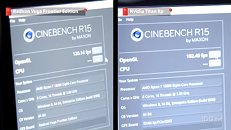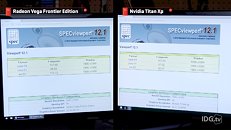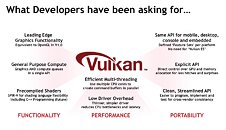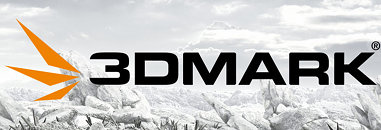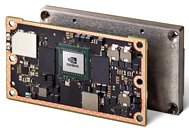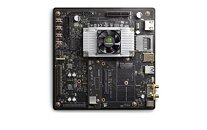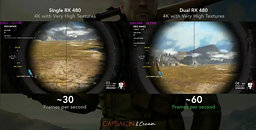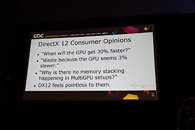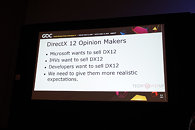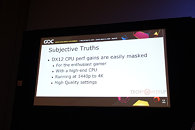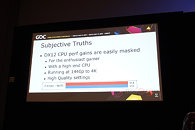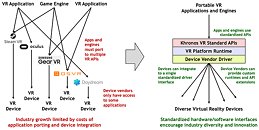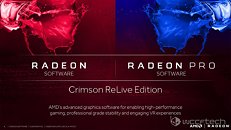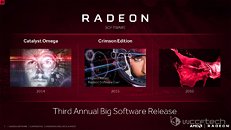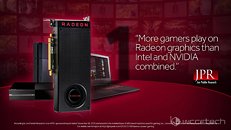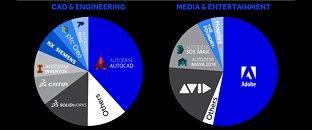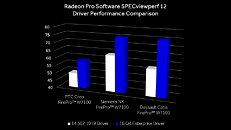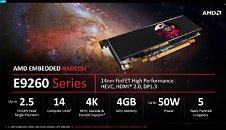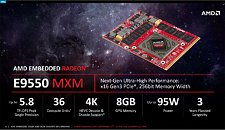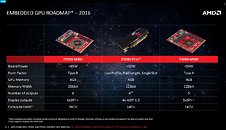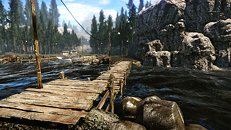Ashes of the Singularity Update Adds Vulkan Support with Latest Beta
Ashes of the Singularity is one of those games that has always been in the forefront of the latest graphics technologies. One of the first games to support Microsoft's DX12 and async compute, and in receiving a Ryzen-optimized performance patch, the game is routinely used as a benchmark tool not only for graphics solutions, but also CPU benchmarks.
Now, Oxide Games has announced Ashes of The Singularity will feature support for the Vulkan renderer, which will be welcome news for users who don't want to upgrade to Windows 10, but don't want to live without low-level performance optimization in their games. The new Vulkan render path is still a beta feature, which you must enable through your Steam account. Just right click Ashes of the Singularity on your Steam library, hit "Properties", and activate the 2.4 opt-in in the beta features tab.
Now, Oxide Games has announced Ashes of The Singularity will feature support for the Vulkan renderer, which will be welcome news for users who don't want to upgrade to Windows 10, but don't want to live without low-level performance optimization in their games. The new Vulkan render path is still a beta feature, which you must enable through your Steam account. Just right click Ashes of the Singularity on your Steam library, hit "Properties", and activate the 2.4 opt-in in the beta features tab.



